Let There Be PhlatLight

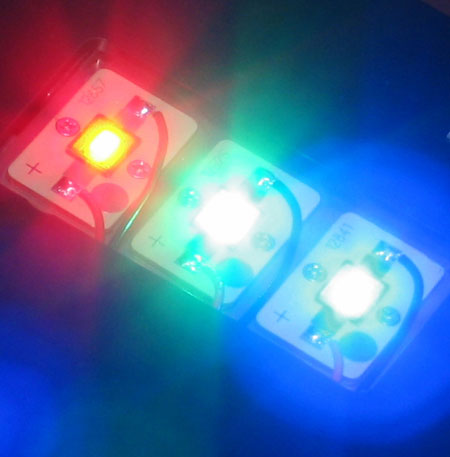
Of course, the big story here is the projector's light source. Rather than relying on a white-light lamp, the H9080FD uses red, green, and blue LEDs sourced from a company called Luminus. Dubbed PhlatLight, these LEDs are really bright, as I found out the hard way by trying to photograph them in the company's hotel suite at CES a couple of years ago. (The photo above was taken with the LEDs at minimum power.) Vivitek claims a peak light output of 800 lumens from the projector, and the LEDs should last up to 20,000 hours, which translates to nearly seven years running eight hours a day, seven days a week.
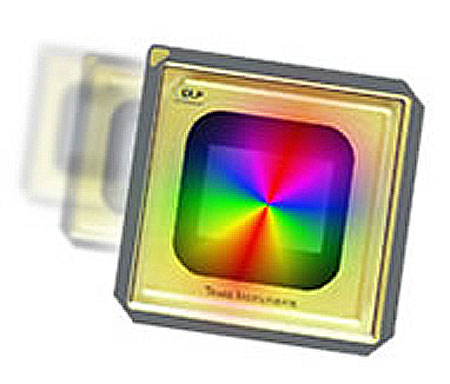
The H9080FD offers 1920x1080 resolution in a single-chip DLP design, which means the chip forms the red, green, and blue portions of the image sequentially. Normally, this requires a color-filter wheel with red, green, and blue segments spinning in the path of the white light from a lamp, but LEDs can be pulsed on and off independently, eliminating the need for a color wheel. Also, the LEDs can be pulsed much faster than a color wheel normally rotates, reducing the dreaded "rainbow effect" that many people see with most single-chip DLP displays.
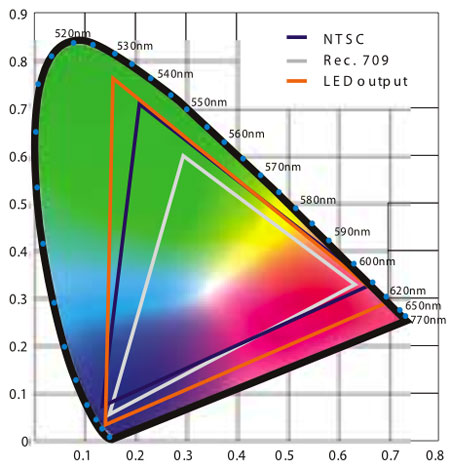
Other benefits of LED illumination include low power consumption and heat generation, no mercury, and quick start times. Also touted by Vivitek is a wider-than-normal color gamut, which I discount because, in my view, wider is not betterwhat's important is the accurate reproduction of the standard color gamut. I hope this is an option in the H9080FD.
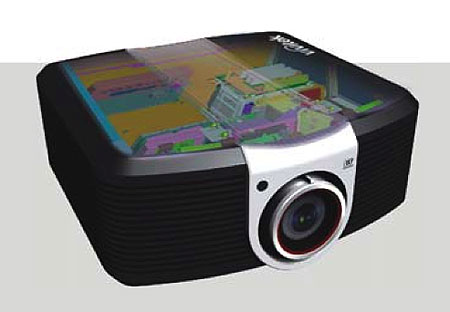
Another critical component of any display is the video processorin this case, a highly regarded Gennum chipset. Also included is a dynamic iris that leads to a claimed contrast ratio of 100,000:1 and a sealed light engine that prevents light from leaking out of the chassis and dust from getting in with no need for a filter. The 1.3x zoom lens and manual horizontal and vertical lens shift makes it easy to align the image with the screen.
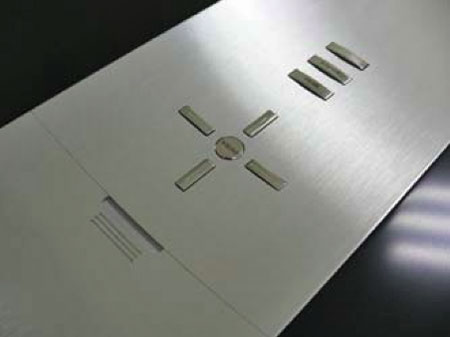
At $15,000, the H9080FD is more costly than many good home-theater projectors these days. But true innovation is always expensive at first, so I can't fault Vivitek for charging a premium price. And I can't wait to put it to the test in our video studio, so stay tuned!

























































